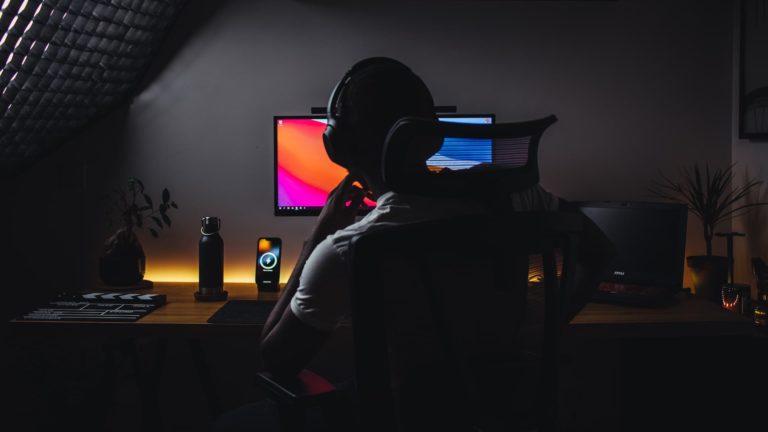
As we enter a new year, it’s time for our annual ritual of synthesizing the lessons from the past twelve months and formulating the outlook for the next twelve. 2022 was an incremental year for AR & VR, which both continue to gradually push forward in gaining mainstream traction.
Highlights include mobile AR engagement & monetization, continued R&D in AR glasses, and the gradual march of VR. Amidst all this, the last year was also defined by the continued and irrational rise of metaverse mania. The hype machine is still in high gear, generating lots of vapor.
So where is spatial computing, and where is it headed? Aligned with the annual outlook of our research arm, ARtillery Intelligence, we’ve devised 5 predictions. We’ll break them down on AR Insider, continuing here with prediction 4: The Creator Economy Collides with AR.
Collision Course
There are two related macro trends we’re tracking closely: the rise of the creator economy and growth in AR marketing. We believe these high-momentum forces are on a collision course and will begin to meaningfully fuel each other in 2023. In fact, this is already beginning to happen.
Taking those trends one at a time, the creator economy continues to grow. Among other things, it was accelerated in the Covid Era as professionals of all kinds were forced to reinvent themselves for remote work. Some tapped into a creative side that was monetizable and hasn’t looked back.
But it wasn’t just about new entrants. Others already in the creative economy – from graphic designers to VFX artists – were forced to mobilize for remote work such as brand-commissioned marketing and visual asset creation. These pros are well-versed in the freelancer playbook.
This demand has been met with supply in the form of an explosion of no-code software to help growing legions of creators develop and organize their work. We’re talking everything from Canva to Figma to the ever-expanding Adobe Creative Cloud. The creator economy is well stocked.
Back to AR specifically, this hunger for creative tools was quenched by AR creation platforms from Snap Lens Studio to Meta Spark to Niantic’s 8th Wall to Adobe Aero. Add it all up and you have an expanding base of 3D creator talent, along with a growing slate of tools to empower it.
From Novelty to Expectation
Adding another element to the mix, we’re also seeing growth in consumption of immersive tech. This includes everything from fashion lenses and try-ons and 3D models in online shopping. And brand marketers follow those eyeballs and amp up their immersive product marketing.
This could play out like past emerging tech in eCommerce, such as HD photography. As it graduates from consumer novelty to expectation, it becomes table stakes for brands. And when that happens, we’ll reach a tipping point for AR’s integral role in brand marketing and eCommerce.
One outcome of that sequence is an explosion in demand for AR creation and 3D talent. We witnessed a similar dynamic with web and app developers over the past decade. It turned out to be a heck of a career choice, including job security and leverage (read: income).
3D and AR creation could be this decade’s version. Throw in the age of remote work, and this could be a highly attractive career path that revs up in 2023.
We’ll pause there and circle back in the next installment with another prediction…
Header image credit: Nubelson Fernandes on Unsplash

